How To Carry Your Camera ?
To carry your camera, you can use a camera strap or a camera bag. A camera strap is a convenient option as it allows you to hang the camera around your neck or across your shoulder, keeping it easily accessible. Make sure to adjust the strap to a comfortable length. Alternatively, a camera bag provides more protection and storage space. Look for a bag that is specifically designed for cameras, with padded compartments to keep your camera and accessories safe. Some camera bags also have adjustable straps, allowing you to carry them on your shoulder or as a backpack. Remember to choose a bag that suits your needs and preferences, considering factors such as size, weight, and additional features like waterproofing or extra pockets.
1、 Camera bag options for safe and convenient transportation.
Camera bag options for safe and convenient transportation have evolved significantly over the years, catering to the needs of photographers of all levels. Whether you are a professional photographer or an amateur enthusiast, finding the right camera bag is essential to protect your valuable equipment and ensure easy access during your photography adventures.
One popular option is a backpack-style camera bag. These bags are designed to distribute the weight evenly across your shoulders and back, making them comfortable to carry for extended periods. They often come with customizable compartments and padding to securely hold your camera body, lenses, and accessories. Some backpacks even have dedicated compartments for laptops or tablets, allowing you to edit and transfer your photos on the go.
Another option is a shoulder bag, which provides quick and easy access to your camera gear. These bags typically have adjustable dividers to accommodate different equipment sizes and configurations. However, it's important to note that shoulder bags can become uncomfortable when carrying heavy gear for long periods, as the weight is concentrated on one side of the body.
For those who prefer a more stylish and inconspicuous option, messenger-style camera bags are a great choice. These bags resemble regular messenger bags but come with padded compartments to protect your camera gear. They often have additional pockets for personal items, making them versatile for everyday use.
In recent years, sling bags have gained popularity due to their quick access and versatility. These bags can be worn on the back and easily swung around to the front, allowing you to access your camera gear without taking the bag off. Sling bags are particularly useful for photographers who need to move quickly and capture spontaneous moments.
Ultimately, the best camera bag option depends on your specific needs and preferences. Consider factors such as the amount of gear you carry, the level of comfort required, and the type of photography you engage in. It's also worth investing in a bag with weather-resistant materials or a rain cover to protect your equipment from the elements.
In conclusion, camera bag options have come a long way, offering a range of choices for safe and convenient transportation of your camera gear. Whether you opt for a backpack, shoulder bag, messenger bag, or sling bag, prioritize comfort, protection, and accessibility to ensure a seamless photography experience.
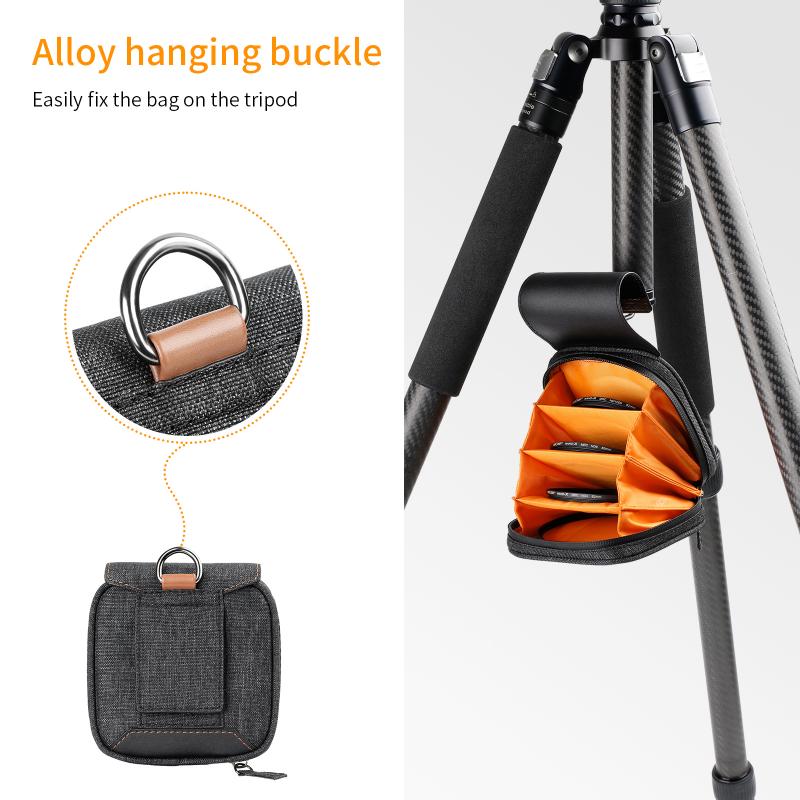
2、 Camera strap techniques for comfortable and secure carrying.
Camera strap techniques for comfortable and secure carrying have evolved over the years to accommodate the needs of photographers. Carrying your camera properly is essential to ensure both comfort and safety, as it prevents accidental drops and reduces strain on your body during long shooting sessions. Here are some tips on how to carry your camera effectively:
1. Neck Strap: The traditional method involves wearing the camera around your neck using a neck strap. This technique allows for quick access to your camera but can cause strain on your neck and shoulders, especially with heavier equipment. To alleviate this, consider using a wider and padded strap for added comfort.
2. Cross-Body Strap: A popular alternative is the cross-body strap, which allows you to wear the camera diagonally across your body. This technique distributes the weight more evenly and reduces strain on your neck and shoulders. It also provides better security, as the camera is less likely to swing around or bump into objects.
3. Hand Strap: For those who prefer a more secure grip, a hand strap can be a great option. This strap attaches to the camera body and wraps around your hand, providing a firm hold and reducing the risk of accidental drops. Hand straps are particularly useful for street photographers or those shooting in busy environments.
4. Dual Strap: If you frequently use multiple cameras or lenses, a dual strap system can be beneficial. This setup allows you to carry two cameras simultaneously, distributing the weight evenly across your body. Dual straps are often adjustable and can be configured to suit your shooting style and preferences.
5. Sling Strap: Sling straps are gaining popularity due to their versatility and comfort. These straps allow you to wear the camera diagonally across your body, similar to a cross-body strap. However, sling straps have a quick-release mechanism that allows you to bring the camera up to your eye level effortlessly. This feature is particularly useful for photographers who need to react quickly to capture fast-paced action.
In conclusion, choosing the right camera strap technique is crucial for comfortable and secure carrying. Consider your shooting style, equipment weight, and personal preferences when selecting a strap. The latest advancements in strap design aim to provide photographers with improved comfort, security, and ease of use, ensuring an enjoyable shooting experience.
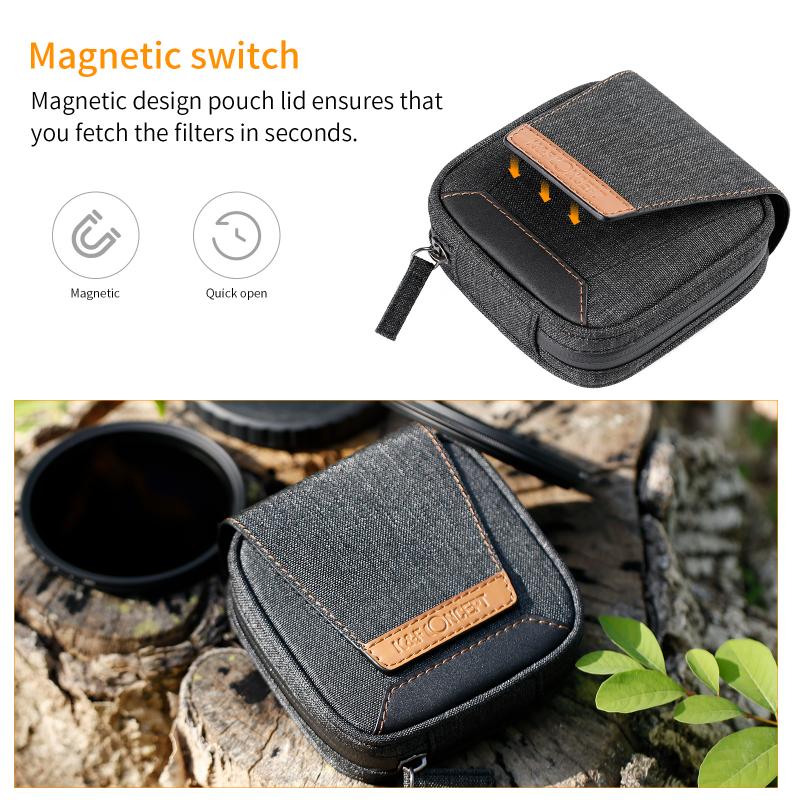
3、 Tripod considerations for stable and hands-free camera transport.
Tripod considerations for stable and hands-free camera transport.
When it comes to carrying your camera, there are a few options to consider. One popular choice is to use a tripod for stable and hands-free camera transport. Tripods provide stability and allow you to keep your hands free for other tasks while ensuring your camera is secure.
When selecting a tripod for camera transport, there are a few key considerations to keep in mind. Firstly, you'll want to choose a tripod that is lightweight and portable, as this will make it easier to carry around. Look for tripods made from lightweight materials such as carbon fiber or aluminum.
Another important factor to consider is the tripod's height and stability. Make sure the tripod is tall enough to comfortably carry your camera without straining your back. Additionally, check for features such as adjustable legs and a sturdy base to ensure stability on uneven surfaces.
Furthermore, consider the tripod's weight capacity. Ensure that it can support the weight of your camera and any additional accessories you may have attached, such as lenses or external flashes. It's always better to choose a tripod with a higher weight capacity than you think you'll need to ensure stability and prevent any accidents.
Lastly, consider the tripod's ease of use and versatility. Look for features such as quick-release plates, which allow you to easily attach and detach your camera, and adjustable angles for capturing different perspectives. Additionally, consider if the tripod can be converted into a monopod for added flexibility.
In conclusion, when it comes to carrying your camera, a tripod can be an excellent choice for stable and hands-free transport. Consider factors such as weight, height, stability, weight capacity, and ease of use when selecting a tripod. By choosing the right tripod, you can ensure that your camera is secure and ready to capture those perfect shots.
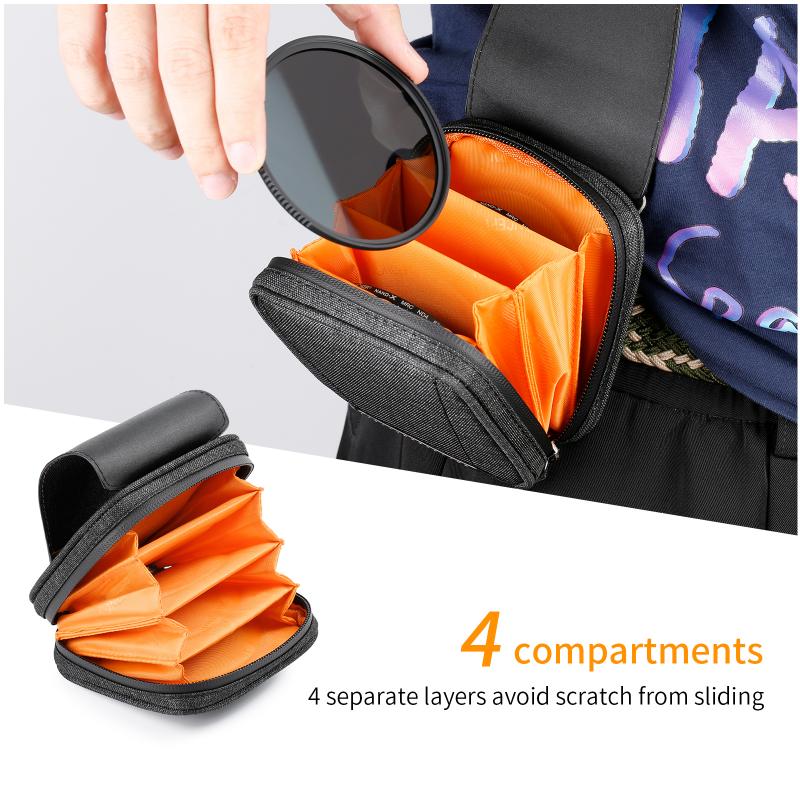
4、 Camera harness systems for active and on-the-go photography.
Camera harness systems for active and on-the-go photography have become increasingly popular among photographers of all levels. These innovative systems offer a secure and comfortable way to carry your camera, allowing you to have quick and easy access to your gear while keeping your hands free for other activities.
One of the key advantages of camera harness systems is their ability to distribute the weight of your camera evenly across your body. This helps to alleviate strain on your neck and shoulders, making it much more comfortable to carry your camera for extended periods of time. Additionally, the harness systems are adjustable, allowing you to find the perfect fit for your body type and shooting style.
Another benefit of camera harness systems is the added security they provide. With your camera securely attached to your body, you can move freely without worrying about accidentally dropping or damaging your gear. This is particularly important for photographers who engage in active pursuits such as hiking, climbing, or biking, where the risk of accidental damage is higher.
Furthermore, camera harness systems offer quick and easy access to your camera. The camera is positioned conveniently at your chest or hip, allowing you to grab it and start shooting in an instant. This is especially useful for capturing fast-paced action or spontaneous moments that require a quick response.
In recent years, camera harness systems have evolved to cater to the needs of photographers in various fields. Some harness systems now come with additional features such as pockets for storing extra batteries or memory cards, attachment points for accessories like lens pouches or water bottle holders, and even compatibility with action cameras or smartphones.
Overall, camera harness systems provide a practical and efficient solution for carrying your camera during active and on-the-go photography. With their comfort, security, and convenience, they have become an essential accessory for photographers who want to capture moments while staying mobile.
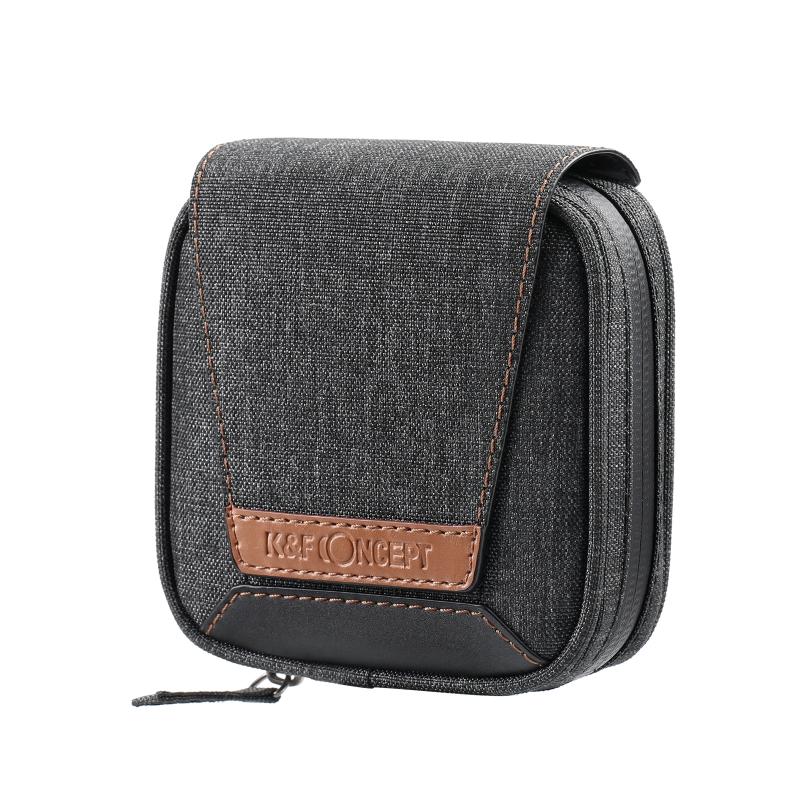







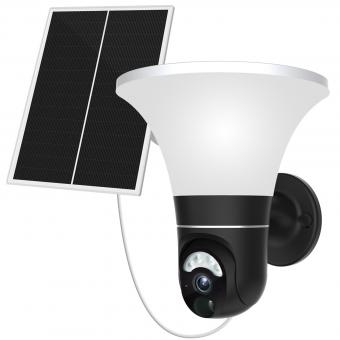
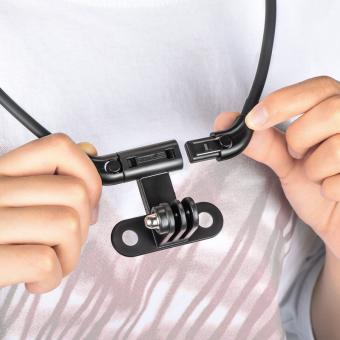


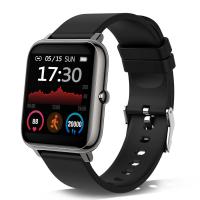
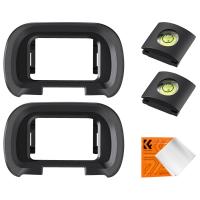
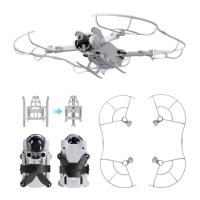
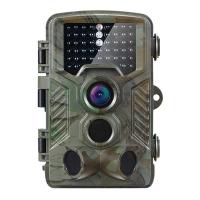

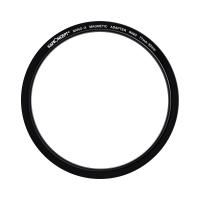


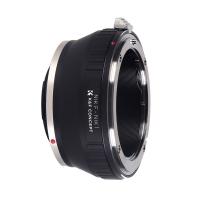
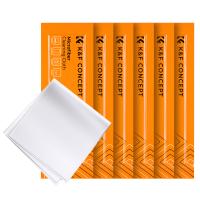
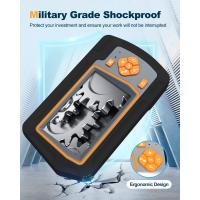

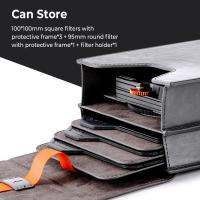


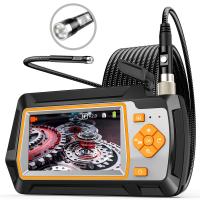

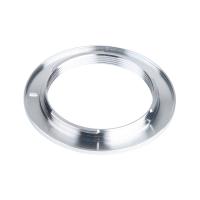
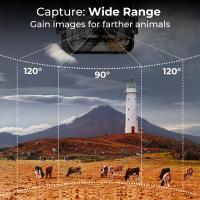
There are no comments for this blog.